Almost every vegetable can be grown on the balcony if you provide all the requirements. Some of the conditions include; water, sunlight, soil, among others. Balcony garden saves you space and also watering, especially in the rainy season. The critical measures for growing crops are; choosing the right containers, the correct type of soil, watering, and good drainage. Follow the tips given below to start your balcony garden.
Vegetable Plants to Grow in Your Balcony
We are going to look at some of the easiest to grow vegetables that will be at home in your balcony. If it is your first time growing, don’t forget to go through the growing guide and tips we will have at the end of this list.
Carrots
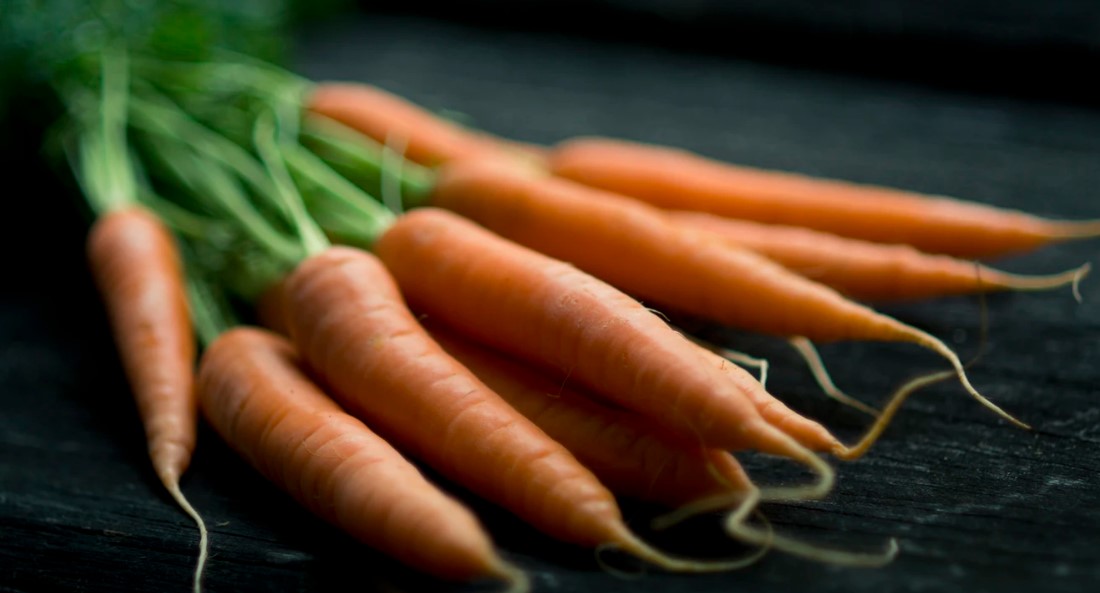
- Choose fast-growing round/baby carrots such as Babette, Paris, Thumbelina.
- Grow in cold temperatures or provide shade.
- Need deep containers of 8-12 inches for root development and expansion.
- Yields are one carrot per plant, but it depends on the size of the container.
Eggplant
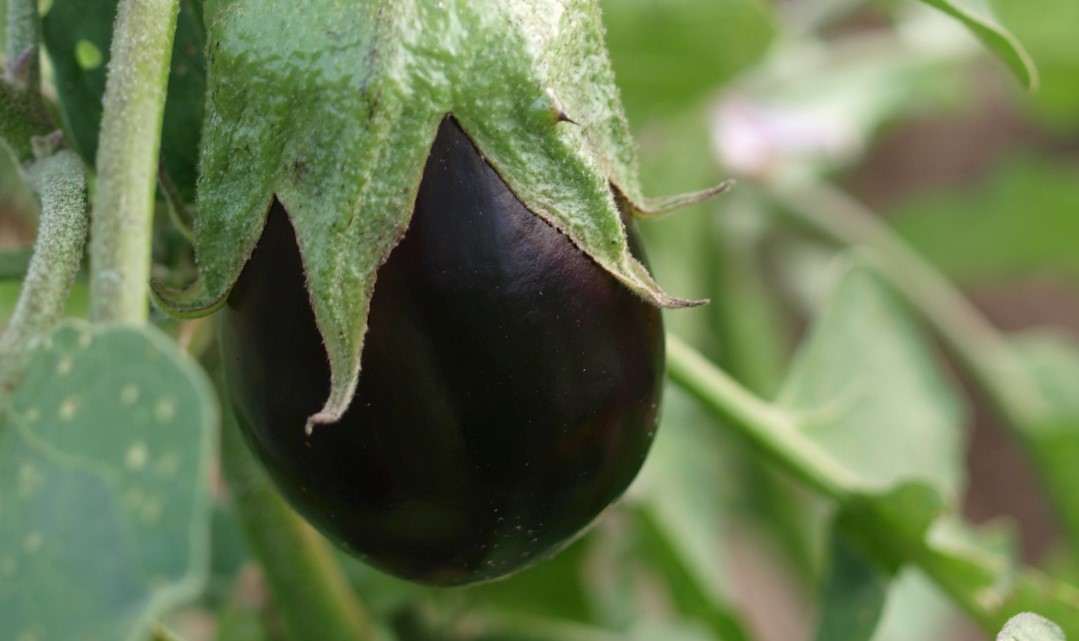
- The crop does well in containers due to the warm temperatures. If the balcony is cool, move them to direct sunlight.
- Containers protect them from pests and diseases and also ensure quick inspection.
- Requires staking as they start bearing fruits to protect them from dropping or tipping over if the containers are small.
- Slender varieties produce more fruit around 10-12 per plant. Other best producing types are; little fingers, Hanzel, Ping tung, Black beauty.
- The container should be four to five gallons large and at least eight inches deep.
Lettuce
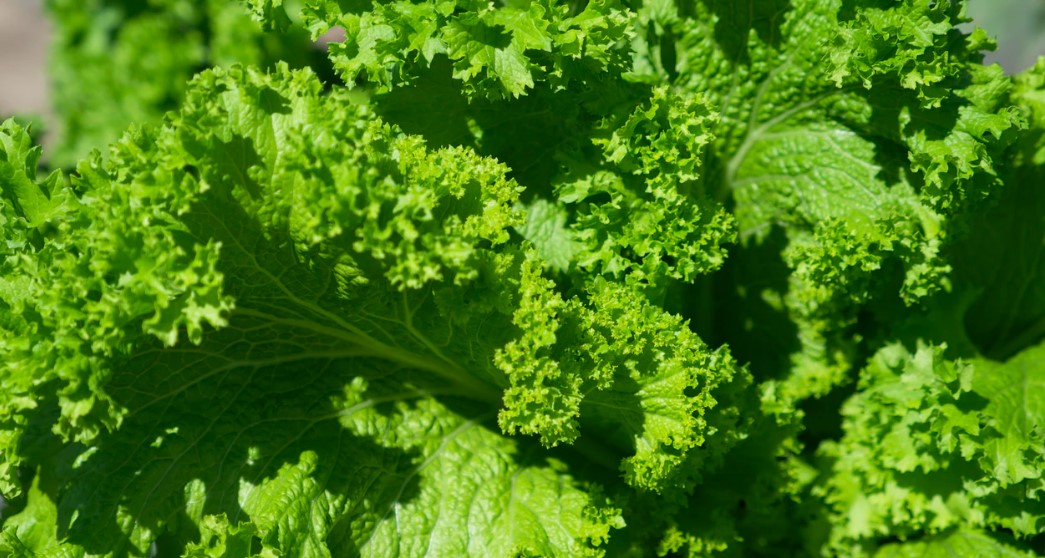
- They do well in containers and cold weather. If it’s too hot, provide shade to prevent them from wilting.
- The vegetable requires a lot of water but do not flood the soil as it will destroy the plant.
- Lettuce is a vegetable that grows in 6 inches of soil.
- Seeds can be grown closely or thinned up to 8 inches between the crops.
- Best varieties are Buttercrunch, red or green, Salad Bowl.
Beets
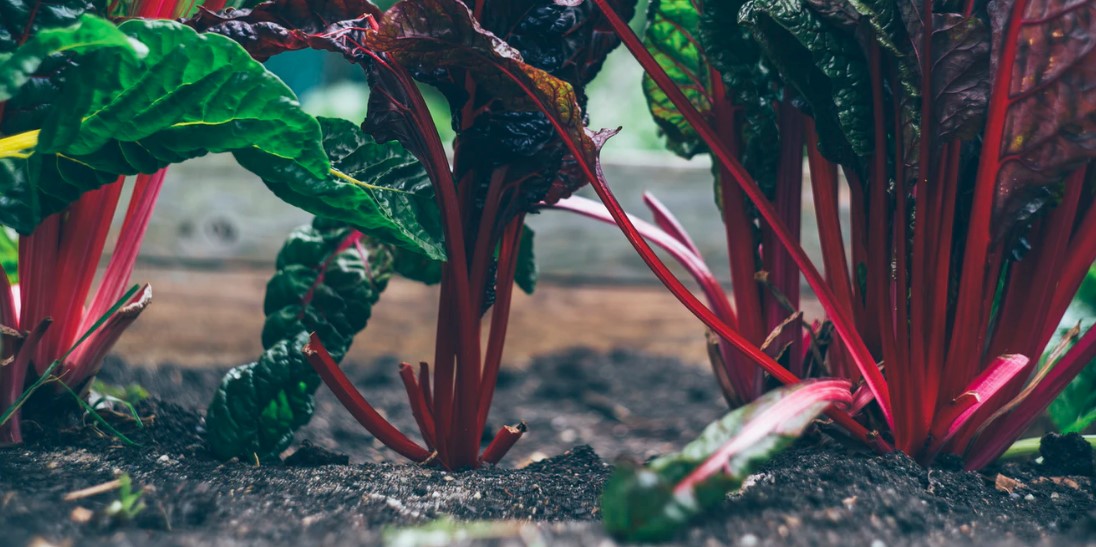
- They are fast-growing plants and require large containers that are 8-10 inches deep.
- Require total sunlight for optimum growth rate and therefore, should have no shading.
- Soils should be easily porous and rich in nutrients for root development.
- Require regular and evenly watering.
- Need a spacing of two inches between plants for proper growth.
- They should be ready for harvesting between 6-8 weeks.
Check this too: How to Grow Bell Peppers in Pots
Swiss Chard
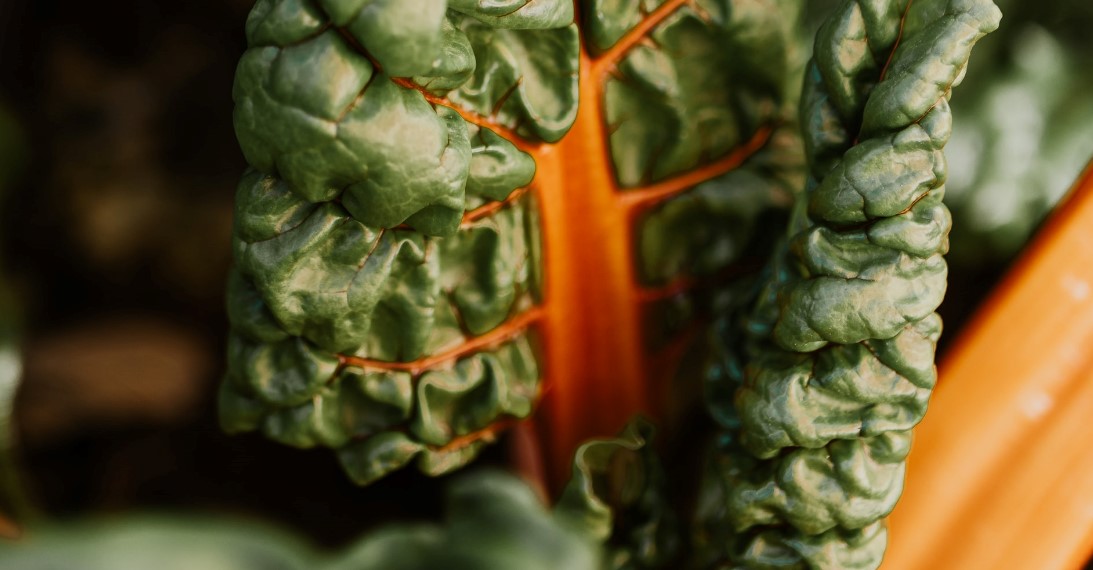
- It’s a nutritious leafy crop that requires small-medium sized containers and kept in a shaded area.
- Require good quality soils, well-drained, and neutral pH.
- It should have a spacing of 4-5 inches between containers.
- Practice proper spacing within the container by trimming older leaves and harvesting outside leaves first to allow the smaller and tender to grow.
- Maintain soil fertility by adding compost manure and liquid fertilizers to promote vegetative growth.
- Add a one-inch layer of mulch from materials like straws and pine needles to prevent soil moisture evaporation.
- The crop is ready for harvesting at eight weeks.
Spinach
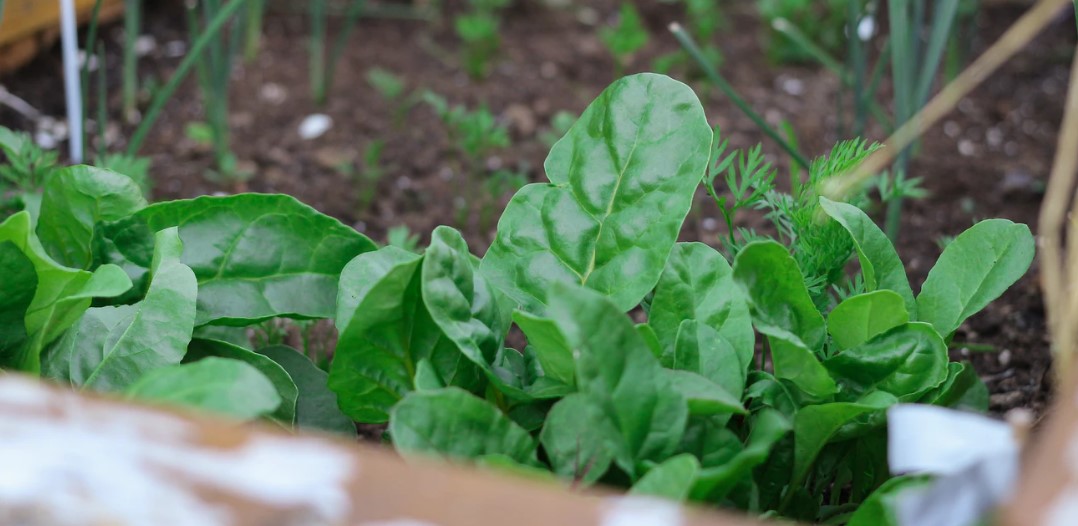
- Sow seeds ½ inches deep and transplant them to the growing containers when they have 2-3 real leaves.
- Spinach requires a 6-8 inches deep containers.
- Require a spacing of 3-5 inches between plants for maximum harvest and control of pests and diseases attack.
- Protect the crop from intense sunlight by having a shade.
- Soil should be rich in nutrients, crumby, loamy, and good drainage.
- Harvest when the crop has 5-6 healthy leaves with 3-4 inches length.
- It would be best if you harvest the outside leaves first or cut the whole crop with a knife for sprouting.
Kale
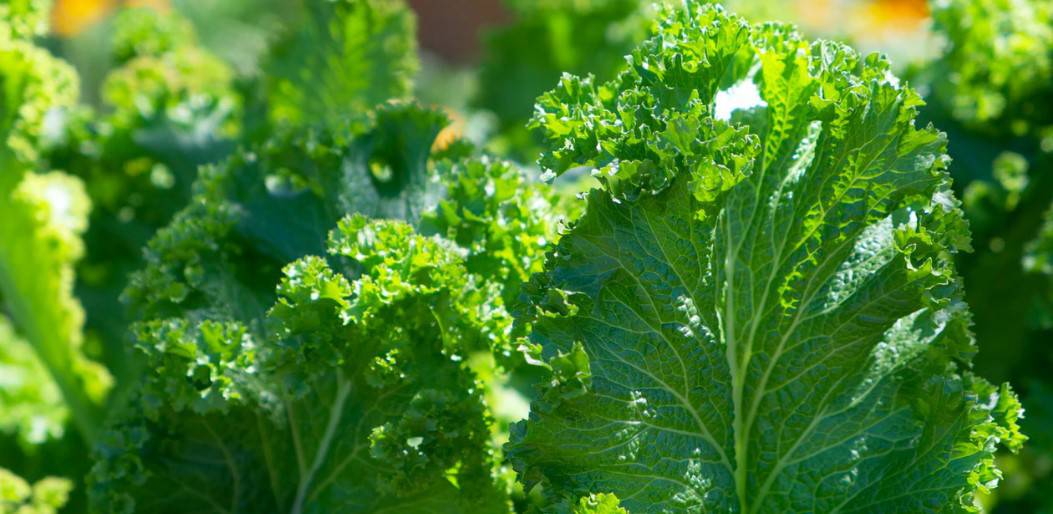
- Easy to grow in containers from seeds. Plant the seeds at ¼- ½ inch depth in well-drained soils.
- In 4-6 weeks, the seedling should be ready for transplanting and have real leaves.
- It requires frequent watering when the soil is dry.
- Apply fertilizers after 1-2 weeks as the nutrients get flushed during watering.
- Place containers under sun location for at least 6hours of direct sunlight.
- Harvesting should be done on older leaves first when they are mature.
- Some of the kales varieties are; Black magic, Blue scotch curled, red winter, Dwarf Siberian.
Getting Started With Container Gardening
While using containers to grow your crops, you should observe the following tips:
- Select Right Containers– depending on the plant grown, choose a container with enough growing space. Some of the vessels used are pots, wooden boxes, nursery flats, and plastic bags.
- The drainage-the container should have holes at the bottom to allow drainage of excess water and prevent waterlogging, which leads to the death of plants.
- Color Type– dark containers absorb more heat, which damages the plant’s roots. Use light-colored containers or paint the dark ones with light colors.
- Soil and Fertilizers– use garden soil or peat-based mixes like vermiculite, which are sterile and with neutral Ph. These mixes are free from diseases and harmful soil micro-organisms. Fertilizers to use should be slow-release to ensure the crop has nutrients through the growing period.
- Water– you should water your plants regularly as they require more water than in the ground but ensure no flooding occurs.
- Wind- strong winds can easily damage crops in containers or topple them. When growing plants on balconies provide a wind block. But a little breeze is essential in air circulation and prevents the build-up of fungal diseases.
Balcony Gardening Tips
To get the best yields from this kind of farming ensure you follow these guidelines:
- Check your building rules, especially if you are in an apartment to ensure agriculture is allowed.
- Confirm if your building can hold the extra weight of containers filled with soil.
- Observe the conditions in your balcony. If it’s too windy, you will need to have a wind block. Also, too much wind will call for frequent watering.
- Provide sufficient light- most leafy vegetables will require direct sunlight to manufacture their food and have good yields.
- Please choose the right containers for each crop, depending on its growth pattern.
- Practice mulching to prevent excess loss of water and also provide organic matter to the crops.
- Ensure your containers are frost-proof primarily during winter protect them from breaking.
- Choose crops that will adapt your space’s conditions, for instance, if too hot go for succulent plants or tropical varieties.
Bottom Line
Balcony gardening allows you to cultivate vegetables in limited space, and this saves you cost. You also enjoy flesh crops throughout the year if you practice proper crop management practices, especially protecting them from harsh climatic conditions like during winter. If you provide all conditions for growth, you will always harvest good yields and enjoy a delicious meal.
